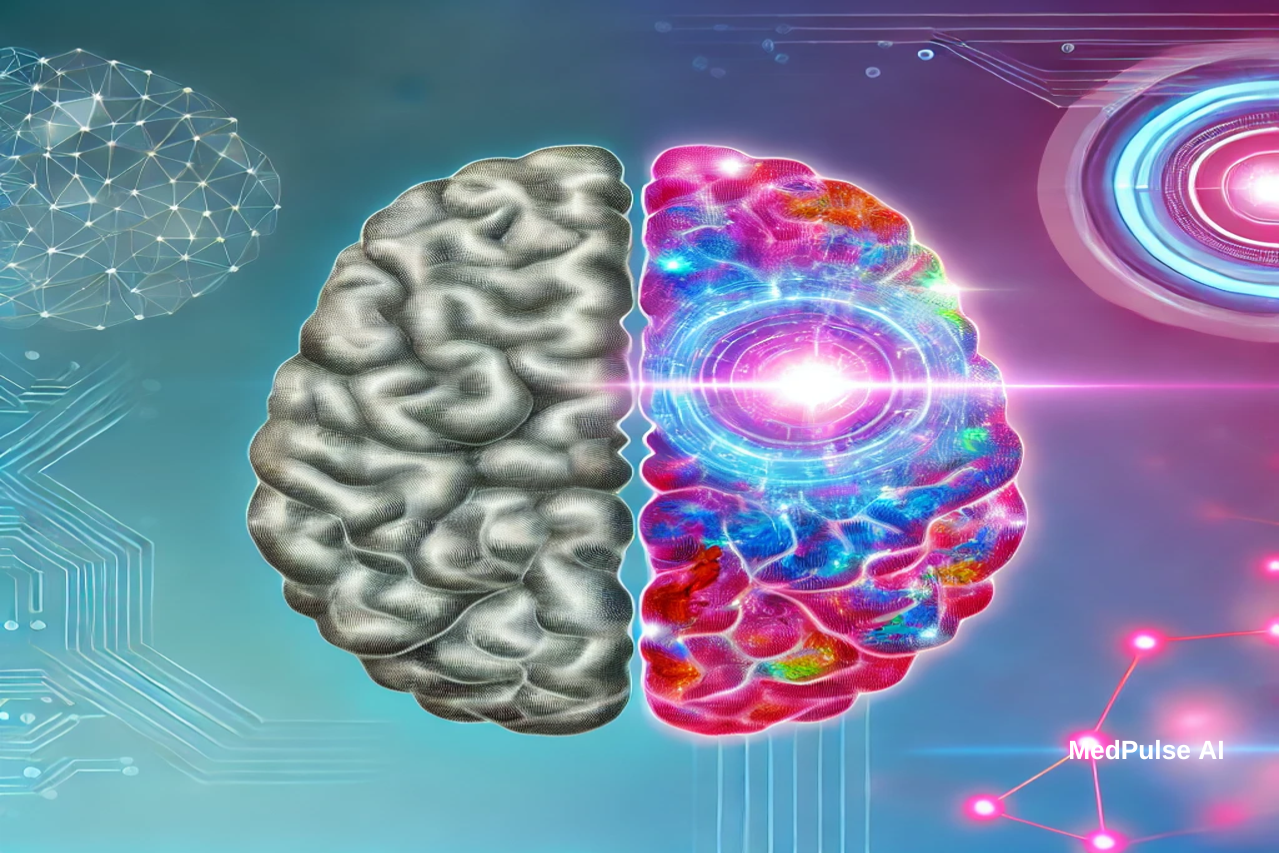Recent advancements in artificial intelligence (AI) have significantly enhanced the detection of brain tumors, offering accuracy levels comparable to human radiologists. A notable study published in Biology Methods and Protocols by Oxford University Press demonstrates that AI models can effectively distinguish between cancerous and healthy brain tissue in MRI scans. Using innovative techniques like transfer learning from camouflage detection, these AI systems can identify cancerous tissues with high precision while offering explainable insights to foster trust among medical professionals.
AI in Radiology: Transforming Diagnostics
The integration of AI into radiology addresses critical challenges such as diagnostic delays and variability in interpretations. Convolutional Neural Networks (CNNs), a subset of deep learning, have been instrumental in this transformation. These networks are trained on extensive image datasets to recognize and classify patterns, enabling them to “learn” the distinguishing features of various conditions. A key advantage of CNNs is their capacity for transfer learning, where a model trained on one task can be adapted for another, enhancing efficiency and performance.
Innovative Training Approaches: Camouflage Detection
An intriguing aspect of recent research is the application of camouflage detection techniques to improve tumor identification. Researchers observed parallels between detecting camouflaged animals and identifying tumors that blend into surrounding healthy tissue. By training AI models on camouflage detection tasks, they enhanced the models’ ability to generalize and detect subtle anomalies in medical images. This approach led to improved accuracy in distinguishing cancerous tissues.
Study Insights: Data and Performance
The study utilized MRI datasets from public repositories, including Kaggle, the Cancer Imaging Archive of the NIH National Cancer Institute, and the VA Boston Healthcare System. The AI models were trained to differentiate between healthy and cancerous MRIs, identify affected areas, and recognize tumor types. The results were promising, with one network achieving an accuracy of 85.99% and another 83.85% in detecting brain cancer. Notably, the models demonstrated near-perfect accuracy in identifying normal brain images, with minimal false negatives.
Enhancing Trust: Explainable AI
A significant advancement in this research is the emphasis on explainable AI. Traditional deep learning models often function as “black boxes,” providing little insight into their decision-making processes. The AI models in this study, however, can generate visual representations highlighting specific areas that influenced their classifications. This transparency allows radiologists to cross-validate AI findings with their assessments, fostering greater trust and facilitating collaborative diagnostics.
Future Directions: Transparent and Collaborative AI
The researchers advocate for the development of AI models with intuitive and explainable decision-making processes. As AI becomes more integrated into clinical environments, ensuring that models provide clear and understandable insights is crucial for their acceptance and effectiveness. Transparent AI systems can serve as valuable tools for medical professionals, enhancing diagnostic accuracy and patient outcomes.
The fusion of AI with innovative training techniques like camouflage detection is revolutionizing brain tumor diagnostics. The focus on explainable AI further ensures that these technological advancements are both effective and trustworthy, paving the way for more precise and collaborative healthcare solutions.




